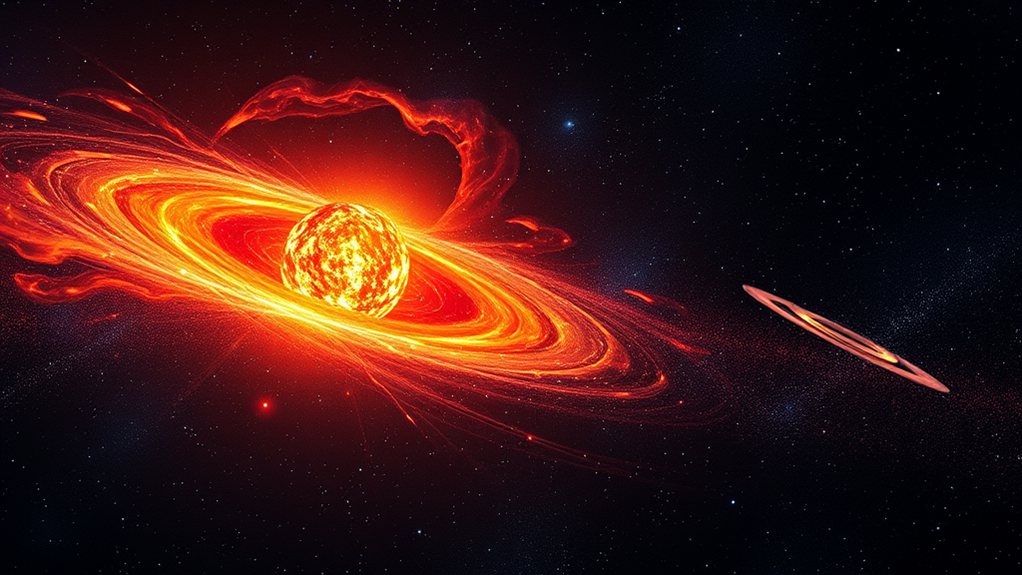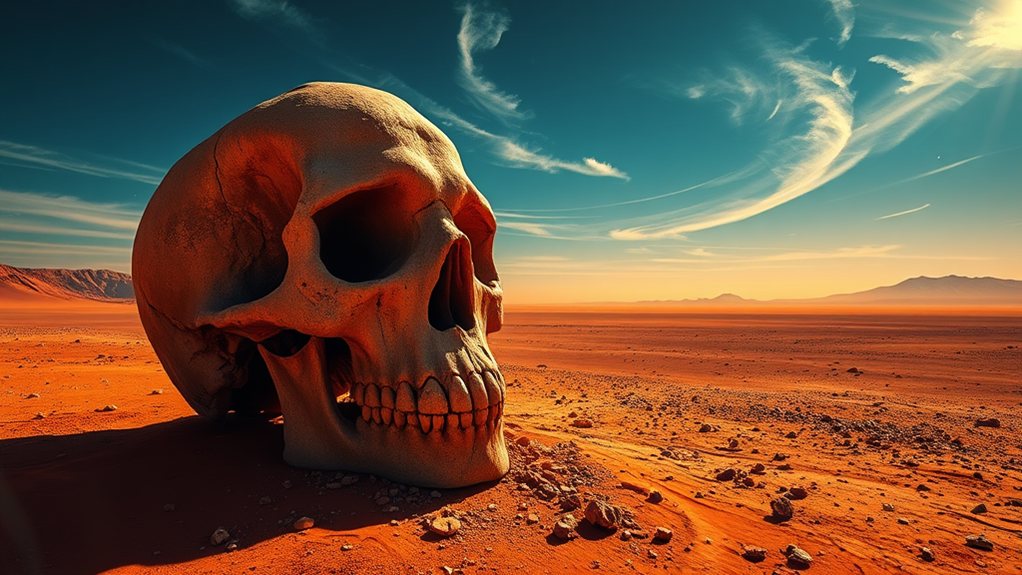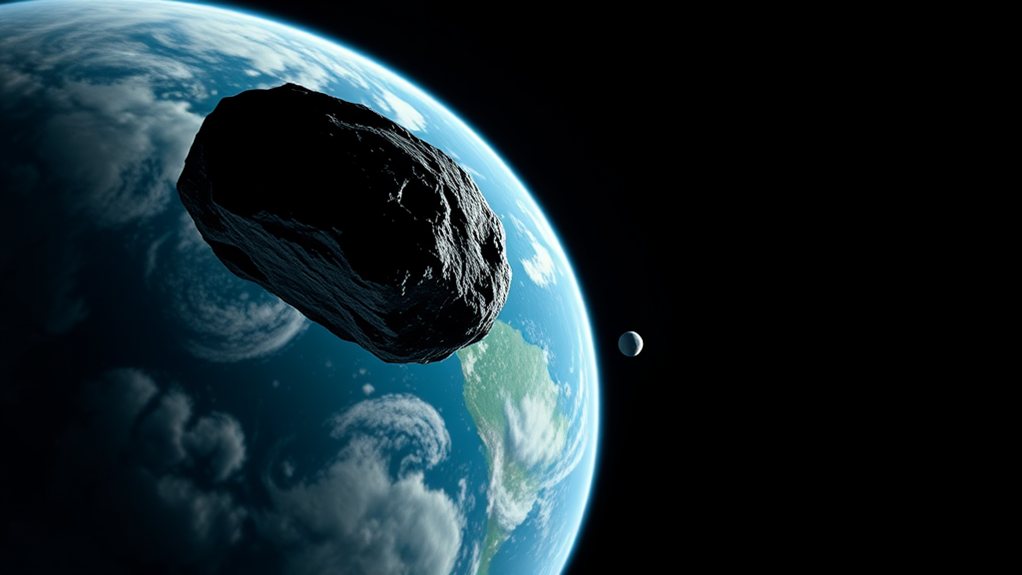
When you gaze up at the night sky, you might wonder how our Solar System came to be. Scientists believe it formed around 4.56 billion years ago from a massive cloud of gas and dust. At the center of this cloud, the Sun was born. The leftover materials eventually clumped together to create planets and other celestial bodies. In those early days, the Solar System was a wild place. Planets were still finding their orbits, and collisions were common.
In recent years, a fascinating theory has emerged about a possible cosmic intruder. This massive object, which might’ve been a brown dwarf, could have weighed between two and fifty times more than Jupiter. If it passed close to our Sun, between Saturn and Uranus, it might’ve had a huge impact on the Solar System. Its gravitational influence could explain why gas giants like Jupiter and Saturn migrated to their current positions.
Simulations of the Solar System’s formation suggest this super-Jupiter played a key role in shaping its history. Researchers found that in about 1% of their simulations, a super-Jupiter led to realistic outcomes. Other scenarios, like different planet placements, succeeded in only 0.1% or even less. This points to how important gravitational influence is in changing chaotic orbits into stable ones. It also supports a theory called the Grand Tack, which explains the migrations of Jupiter and Saturn.
Simulations reveal a super-Jupiter’s crucial role in stabilizing chaotic orbits and supporting the Grand Tack theory.
As you look back at how ancient civilizations understood planetary motion, they thought orbits were perfect circles. Johannes Kepler changed that view in the 17th century when he showed that orbits are elliptical.
With today’s advanced models and NASA’s Juno mission, scientists are uncovering new details about how planets formed. Ongoing research reveals that cosmic encounters might happen more often than we once thought, further unraveling the mysteries of our Solar System.







